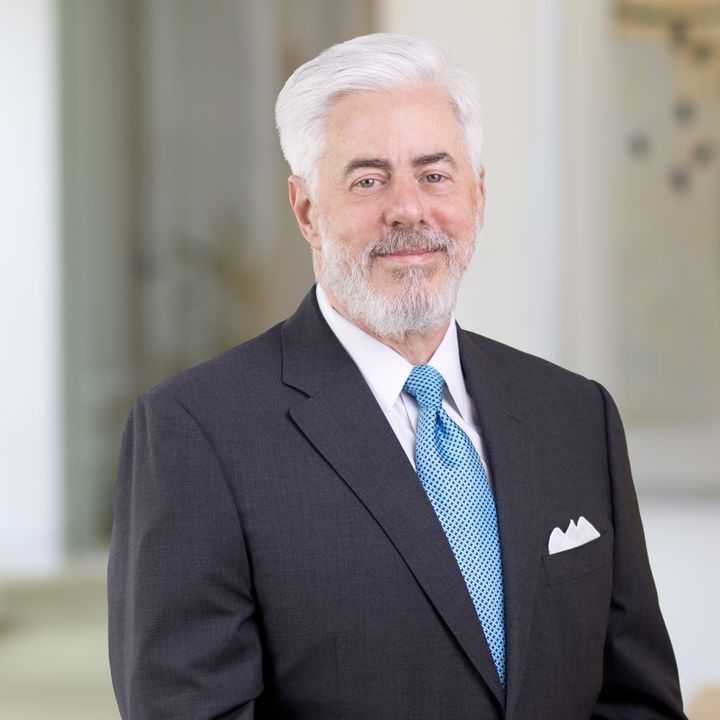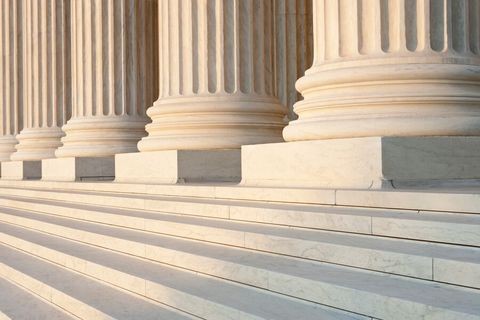Proposed OSHA Noise Regulations Reverse Long-Standing Interpretations And Increase Potential Costs To Employers
Client Alert | 1 min read | 11.24.10
On October 19, 2010, the Occupational Safety and Health Administration proposed changes to occupational noise standards that would significantly increase the cost and burden of compliance by employers in industry and the construction trades. The new interpretations change the focus of noise protection efforts from cost-effective and well-established personal protective equipment ("PPE") such as earplugs to substantially more expensive administrative and engineering controls such as replacing equipment with quieter models or isolating equipment away from employees.
Currently, administrative and engineering controls are generally unnecessary if PPE sufficiently protects employees from noise. Under the proposed regulations, however, implementing administrative and engineering controls would become a mandatory first step, replacing PPE as the primary form of protection. While recognizing that "effective engineering and administrative controls almost always cost more than [use of PPE]," OSHA explains that "the current policy thwarts the safety and health purposes of the OSH Act by rarely requiring administrative and engineering controls even though these controls are generally more effective than hearing protectors in reducing noise exposure." 75 Fed. Reg. 64216 (Oct. 19, 2010).
The threshold for implementation of administrative and engineering controls appears to be very low, as controls would be required whenever they are "achievable" or "capable of being done." An employer could avoid implementing administrative and engineering controls only if the possible controls are not standard in the industry and the expense of implementing them would "threaten the employer's ability to remain in business."
The impact of OSHA's new interpretation will undoubtedly be extensive, as the requirements apply to any noise above 90 decibels, i.e., just slightly more than the average vacuum cleaner or garbage disposal. Given the significant potential for expense and the wide-ranging application of the proposed regulations, employers and trade associations are encouraged to consider submitting comments on the proposed changes by December 20, 2010. Employers should also consider undertaking a preemptive assessment of noise hazards and feasible administrative and engineering controls.
If you have any questions about the impact of the proposed changes to OSHA's noise regulations, please contact any of the attorneys listed below or your regular Crowell & Moring contact.
Contacts
Insights
Client Alert | 2 min read | 11.14.25
Claim construction is a key stage of most patent litigations, where the court must decide the meaning of any disputed terms in the patent claims. Generally, claim terms are given their plain and ordinary meaning except under two circumstances: (1) when the patentee acts as its own lexicographer and sets out a definition for the term; and (2) when the patentee disavows the full scope of the term either in the specification or during prosecution. Thorner v. Sony Comput. Ent. Am. LLC, 669 F.3d 1362, 1365 (Fed. Cir. 2012). The Federal Circuit’s recent decision in Aortic Innovations LLC v. Edwards Lifesciences Corp. highlights that patentees can act as their own lexicographers through consistent, interchangeable usage of terms across the specification, effectively defining terms by implication.
Client Alert | 6 min read | 11.14.25
Microplastics Update: Regulatory and Litigation Developments in 2025
Client Alert | 6 min read | 11.13.25



